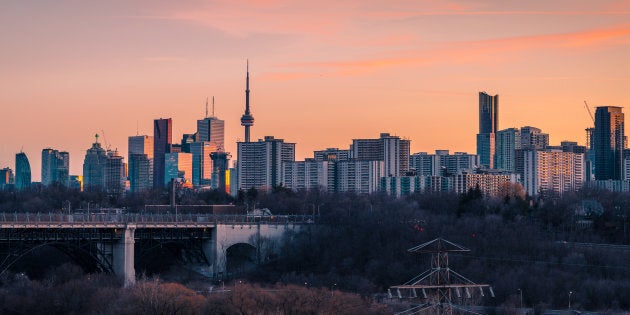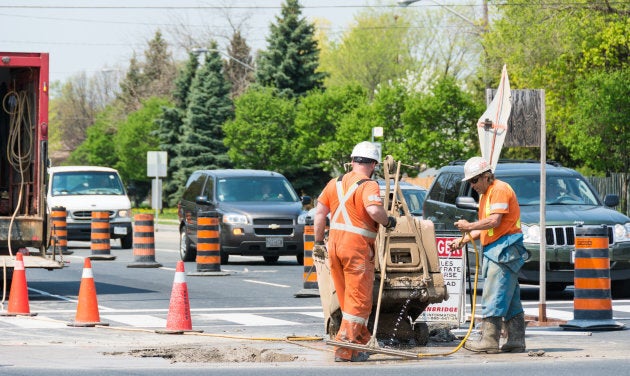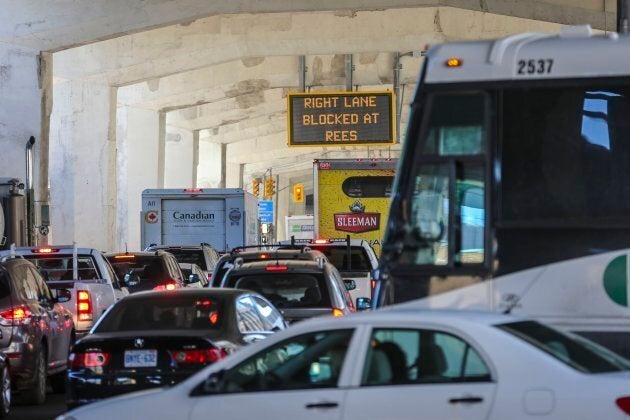
The release of outgoing City Manager Peter Wallace's report on Toronto's long-term financial plan once again shined a light on municipalities' structural fiscal deficit. His report estimates that in just five years' time, Toronto's annual operational budget deficit will grow to $1.42 billion, not to mention tens of billions more in unfunded capital projects.
Ontario municipalities in general, and the City of Toronto in particular, have much to be concerned about. The province's municipalities face a $60-billion infrastructure investment gap that includes everything from drinking water to pumping stations, sewers, roads and bridges. Whereas municipalities were responsible for some 36 per cent of infrastructure in the early 1960s, today this sits close to 60 per cent. As well, Ontario remains the only province in Canada where municipalities are responsible for administering more than half the costs of social assistance. And the funds transferred by the province to partially offset the decade of downloading through the 1990s are set to end this year.

As a result, pressures for municipalities to find cost savings have been growing. The privatization of municipal assets and contracting-out of employment has been put forward as a means to restore budgets. But the evidence of outsourcing and privatization suggests that the privatization of formerly public-sector jobs and the experiences of private-sector building projects on urban transport and infrastructure projects has correlated with more expensive infrastructure, reduced public oversight and lower service level provisioning.
Ontario municipalities... receive only nine cents of every tax dollar collected in the province.
The City of Toronto receives one-third of its own-source tax revenues from property taxes. This is not only unsustainable in the long run, but unique internationally. The Nordic countries, Germany and Switzerland, for example, receive over 90 per cent of their tax revenue from income taxes, while Hungary and the Netherlands collect between 50 and 75 per cent of local revenue from various sales taxes. The same is true in France, Japan, Korea and the U.S., where sales taxes comprise about 20 per cent of local revenue.

The reality is that one-time fiscal injections from privatizations will not solve the underlying fiscal constraints of Ontario municipalities, which continue to receive only nine cents of every tax dollar collected in the province. There is no natural law dictating that local governments be dependent on the property tax. Adequately dealing with concerns over water quality, as well as crumbling roads, traffic congestion, public transit, urban social services and a host of other concerns means confronting the challenges of how to pay for them.
Where to start? A first initiative is simply to raise revenue in light of decades of federal and provincial offloading of services and responsibilities. The fiscal basis for this is, in a sense, straightforward in the reversal of the top-heavy tax cuts to corporate and personal incomes since the recession of 2008, including a dedicated portion of the HST. But new revenue tools are needed as well. Since the federal and provincial tiers of government possess the major powers of taxation, they have a responsibility to ensure that municipalities have the appropriate fiscal levers to meet their needs.
More blogs from HuffPost Canada:
But municipalities cannot resolve issues related to climate change, transportation, housing and wastewater at the local level alone. These challenges require developing new inter-governmental planning capacities with dedicated funding to launch a national transit strategy, a national clean water fund, community development strategies in self-governing northern and Indigenous communities, and long-term municipal funding for social and physical infrastructure.
The failure to address these concerns before it's too late might regrettably mean a long period of stagnation as poorly funded cities continue their economic polarization and decline.
Also on HuffPost: